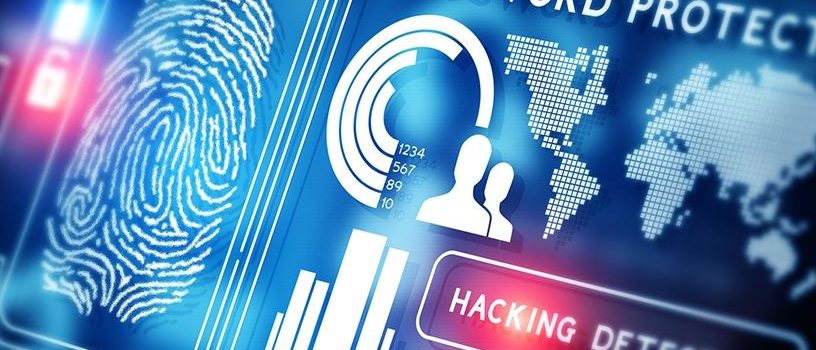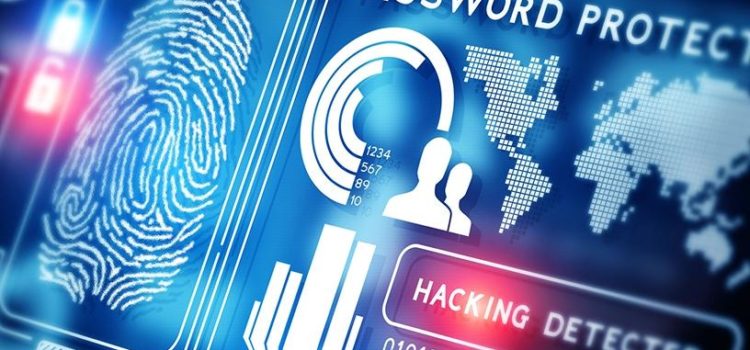


Passwords, I cant remember, I try to develop a system to keep track. I have tried to use the same one for everything, then a variation, I tried to use the same word and change the last number. I spend half of my life resetting passwords. Well good news everybody, the password may soon be a thing of the past, yesterdays problem, and something ill write a tech throwback about in 15 years. A welcomed goodbye and welcome to biometric ID.
Announced in a press release today (April 10) by the FIDO (Fast IDentity Online) Alliance and the World Wide Web Consortium (W3C), the new Web Authentication (WebAuthn) standard will let users move to biometric logins or verification via a USB security key.
The new standard aims to lure users away from current password-based systems, which leave users open to phishing attacks and other ways of abusing stolen login credentials.
 The press release notes that “Google, Microsoft and Mozilla have committed to supporting the WebAuthn standard in their flagship browsers and have started implementation for Windows, Mac, Linux, Chrome OS and Android platforms.”A development status page for WebAuthn in Chrome shows that it is slated to be enabled by default in version 67, two major releases from the current version 65. The standard is already supported by Firefox, and Edge will be gaining support in the coming months.
The press release notes that “Google, Microsoft and Mozilla have committed to supporting the WebAuthn standard in their flagship browsers and have started implementation for Windows, Mac, Linux, Chrome OS and Android platforms.”A development status page for WebAuthn in Chrome shows that it is slated to be enabled by default in version 67, two major releases from the current version 65. The standard is already supported by Firefox, and Edge will be gaining support in the coming months.
Login via USB security keys is already widely supported for products such as the Yubikey by major websites such as Facebook, Google and Bank of America
 Face ID and Apple
Face ID and Apple
Apple has already embraced this and has been implementing it slowly for several years, it started with the finger print sensor in the iPhone 5s. Now the iPhone X and FaceId are taking it to the next level. I havent entered a password on my iPhone X since I got it in November. It even remembers passwords from years ago before I started using the fingerprint reader for my password Chain.
Face ID is enabled through a TrueDepth front-facing camera on the iPhone X, which has multiple components. A Dot Projector projects more than 30,000 invisible dots onto your face to map its structure.
 The dot map is then read by an infrared camera and the structure of your face is relayed to the A11 Bionic chip in the iPhone X and transformed into a mathematical model. The A11 chip then compares your facial structure to the facial scan stored in the iPhone X during the setup process.
The dot map is then read by an infrared camera and the structure of your face is relayed to the A11 Bionic chip in the iPhone X and transformed into a mathematical model. The A11 chip then compares your facial structure to the facial scan stored in the iPhone X during the setup process.
 The Final Thought
The Final Thought
Biometric Identification is the path to the future, we have seen it in every future set movie we have ever watched. The time is coming and we are making great progress to it. Apple alone has this nearly set with FaceID, adopt it in to multiple devices in a year or two and its set. Im glad to see all the big tech establishments embracing this and setting a standard for biometric ID. See you in the funny papers, Passwords.











Richard
April 11, 2018 #1 AuthorGood idea I kinda agree I forget my password and I do try to keep them all the same but never works